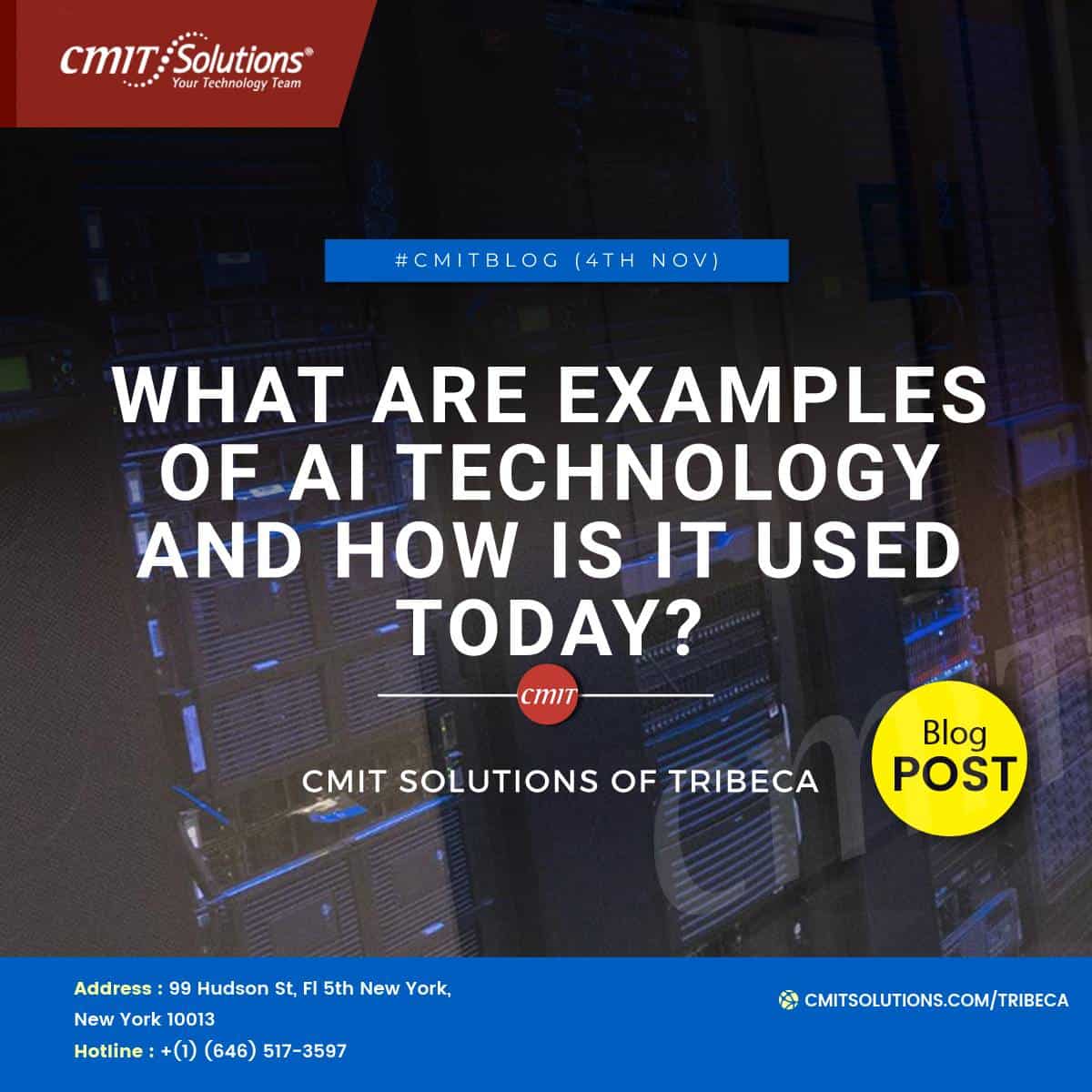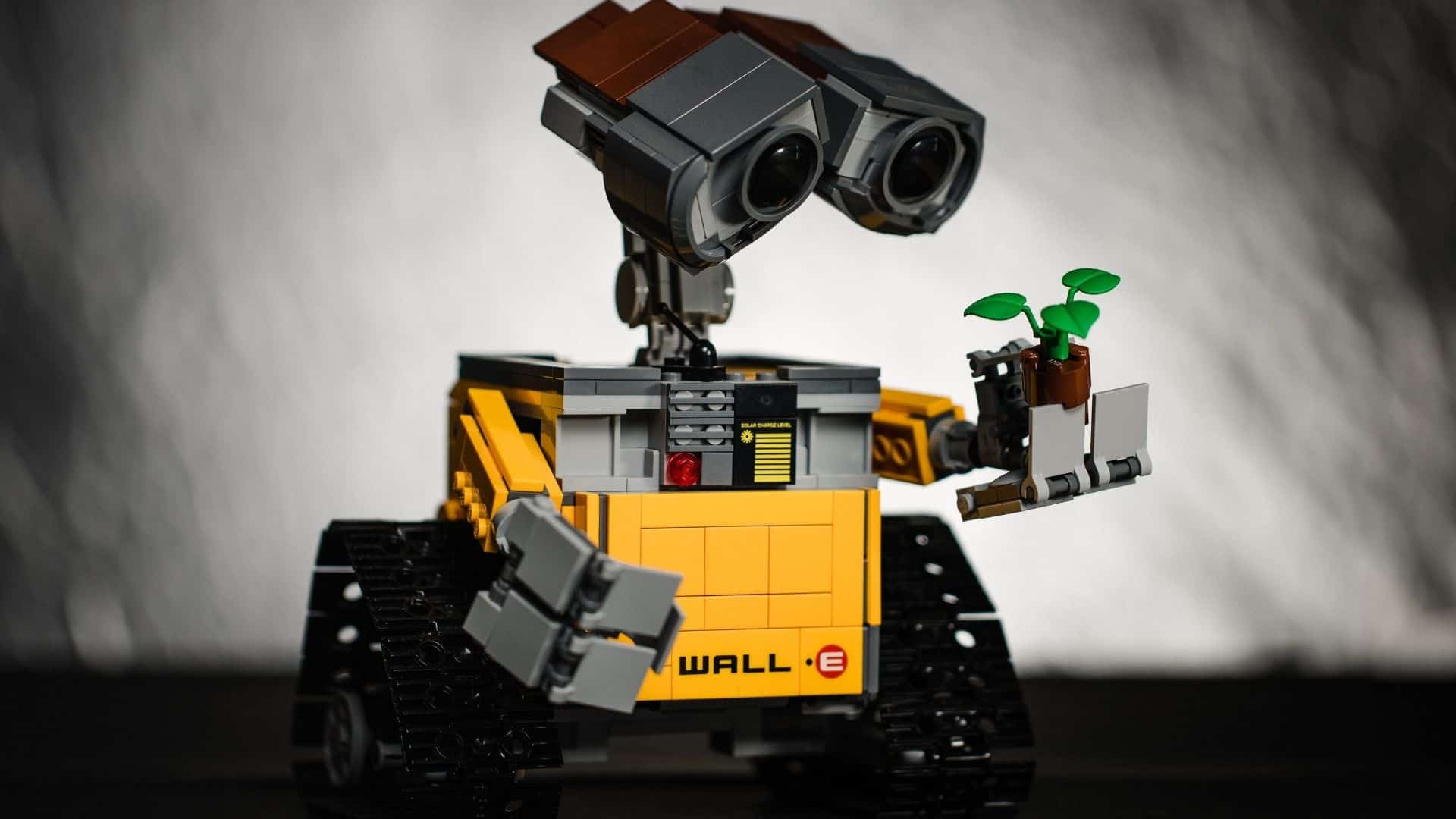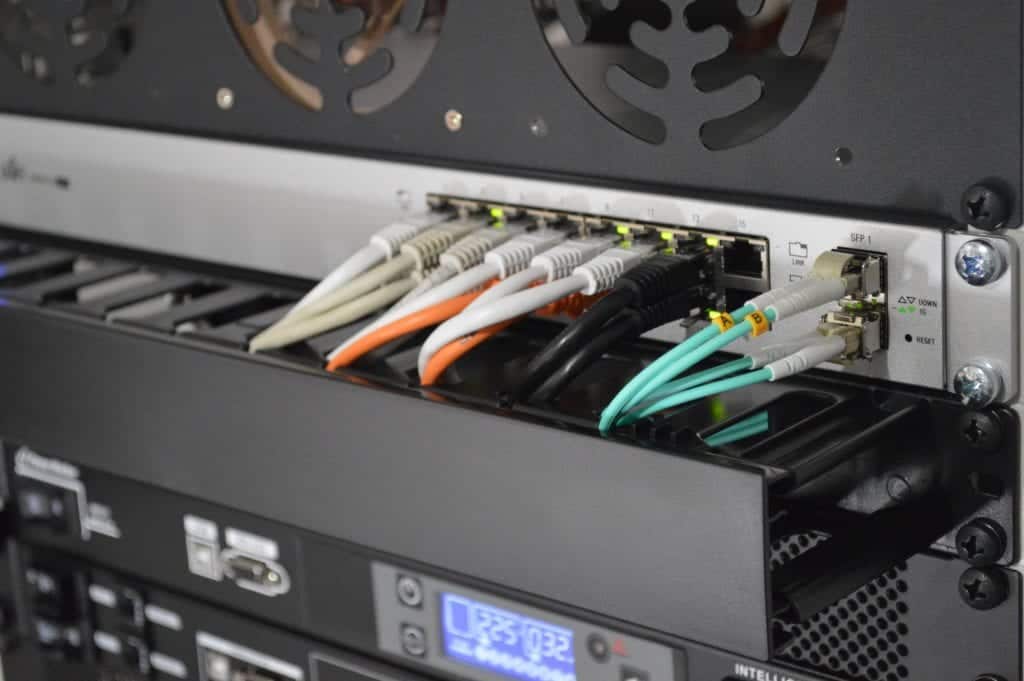AI is incorporated into a variety of different types of technology. Here are six examples:
- When paired with AI technologies, automation tools can expand the volume and types of tasks performed. An example is robotic process automation (RPA), a type of software that automates repetitive, rules-based data processing tasks traditionally done by humans. When combined with machine learning and emerging AI tools, RPA can automate bigger portions of enterprise jobs, enabling RPA’s tactical bots to pass along intelligence from AI technologies and respond to process changes.
- Machine learning: This is the science of getting a computer to act without programming. Deep learning is a subset of machine learning that, in very simple terms, can be thought of as the automation of predictive analytics.
- Machine vision: This technology gives a machine the ability to see. Machine vision captures and analyzes visual information using a camera, analog-to-digital conversion and digital signal processing. It is often compared to human eyesight, but machine vision isn’t bound by biology and can be programmed to see through walls, for example. It is used in a range of applications from signature identification to medical image analysis. Computer vision, which is focused on machine-based image processing, is often conflated with machine vision.
- Natural language processing (NLP): This is the processing of human language by a computer program. One of the older and best-known examples of NLP is spam detection, which looks at the subject line and text of an email and decides if it’s junk. Current approaches to NLP are based on machine learning. NLP tasks include text translation, sentiment analysis and speech recognition.
- This field of engineering focuses on the design and manufacturing of robots. Robots are often used to perform tasks that are difficult for humans to perform or perform consistently. For example, robots are used in assembly lines for car production or by NASA to move large objects in space. Researchers are also using machine learning to build robots that can interact in social settings.
- Self-driving cars: Autonomous vehicles use a combination of computer vision, image recognition and deep learning to build automated skill at piloting a vehicle while staying in a given lane and avoiding unexpected obstructions, such as pedestrians.
What are the applications of AI?
Artificial intelligence has made its way into a wide variety of markets. Here are nine examples.
AI in healthcare: The biggest bets are on improving patient outcomes and reducing costs. Companies are applying machine learning to make better and faster diagnoses than humans.
AI in business: Machine learning algorithms are being integrated into analytics and customer relationship management (CRM) platforms to uncover information on how to better serve customers. Chatbots have been incorporated into websites to provide immediate service to customers. Automation of job positions has also become a talking point among academics and IT analysts.
AI in education: AI can automate grading, giving educators more time. It can assess students and adapt to their needs, helping them work at their own pace. AI technologies tutors can provide additional support to students, ensuring they stay on track. And it could change where and how students learn, perhaps even replacing some teachers.
AI in finance: AI technologies in personal finance applications, such as Intuit Mint or TurboTax, is disrupting financial institutions. Applications such as these collect personal data and provide financial advice. Other programs, such as IBM Watson, have been applied to the process of buying a home. Today, artificial intelligence software performs much of the trading on Wall Street.
AI in law: The discovery process — sifting through documents — in law is often overwhelming for humans. Using AI to help automate the legal industry’s labor-intensive processes is saving time and improving client service. Law firms are using machine learning to describe data and predict outcomes, computer vision to classify and extract information from documents and natural language processing to interpret requests for information.
AI in manufacturing: Manufacturing has been at the forefront of incorporating robots into the workflow. For example, the industrial robots that were at one time programmed to perform single tasks and separated from human workers, increasingly function as cobots: Smaller, multitasking robots that collaborate with humans and take on responsibility for more parts of the job in warehouses, factory floors and other workspaces.
AI in banking: Banks are successfully employing chatbots to make their customers aware of services and offerings and to handle transactions that don’t require human intervention. AI technologies virtual assistants are being used to improve and cut the costs of compliance with banking regulations. Banking organizations are also using AI to improve their decision-making for loans, and to set credit limits and identify investment opportunities.
AI in transportation: In addition to AI’s fundamental role in operating autonomous vehicles, AI technologies are used in transportation to manage traffic, predict flight delays, and make ocean shipping safer and more efficient.





